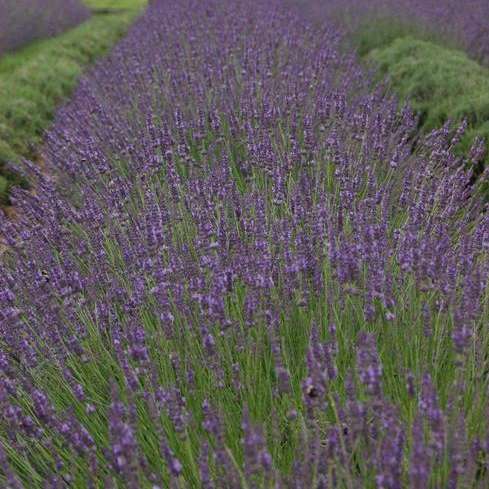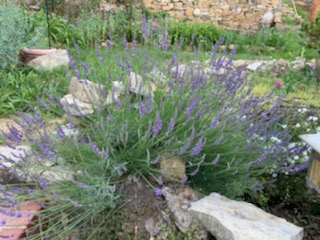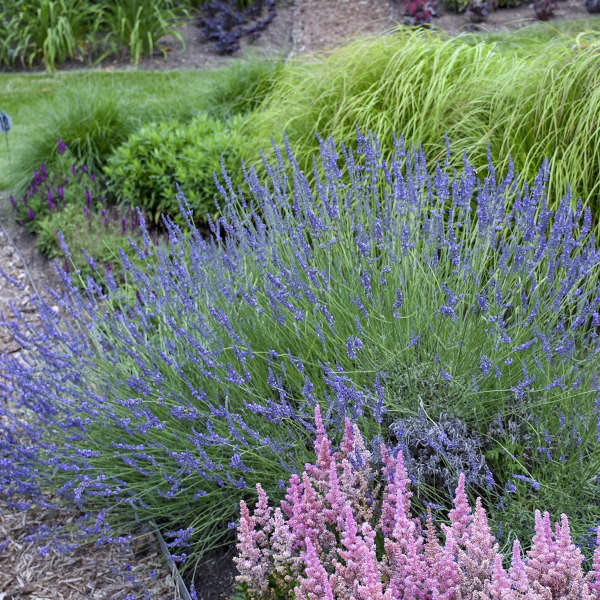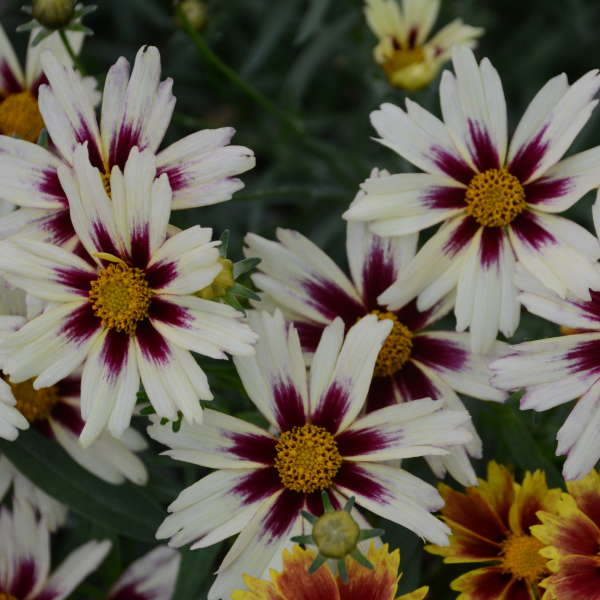By Sandra Nelson
Lavender
Traditional varieties of lavender are wonderful garden plants, but the variety named “Phenomenal” truly is phenomenal!
Lavender has been a vital part of the world’s herb gardens for over 2,000 years. Ancient Egyptians used it as they mummified their dead. Romans used lavender oils for cooking, in soaps and to add fragrance to the air. Greeks recognized its medicinal value. Medieval English maidens sought its help in discovering their true loves, and Irish brides wove lavender garters to protect themselves from witchcraft.
In more modern times lavender has been a mainstay in the herb garden, valued for its culinary, cosmetic and medicinal uses as well as its cosmetic alluring fragrance, Today, lavender is being recognized for yet another reason — it can be an invaluable addition to both the home and commercial landscape.
All lavender species — whether English, French, or Spanish share some characteristics. They are full sun plants, loving six or more hours of sun a day for full bloom. They prefer a dry, well-drained soil with a lower fertility level than many garden plants and can withstand rocky, shallow soils as well. Depending on the variety, lavender’s fragrant blue blooms appear on airy spikes from June through August, drawing dozens of bees and butterflies. Lavender is deer and rabbit resistant and has few maintenance issues.
“Phenomenal”
With all of these positives, it’s hard to imagine how lavender could be improved. The introduction of the variety named “Phenomenal” has accomplished it!. This new cultivar, introduced in 2012, enhances the already outstanding qualities of a familiar plant.
Phenomenal boasts long-lasting luminescent purple blooms on top of supple silvery-green foliage. It forms a soft mounded shape that reaches just over 24 inches in height and can spread to a width of 4 feet at maturity. It is winter hardy, retaining its attractive foliage and interesting seed heads throughout the coldest months. Phenomenal rarely needs pruning, has low water requirements and grows in both neutral and alkaline soils. It is beautiful as a low hedge, a massed planting or a garden focal point.
Zones: 4 – 9
Companion Plants:
Hemerocallis ‘Primal Scream’
Coreopsis ‘Starlight’






